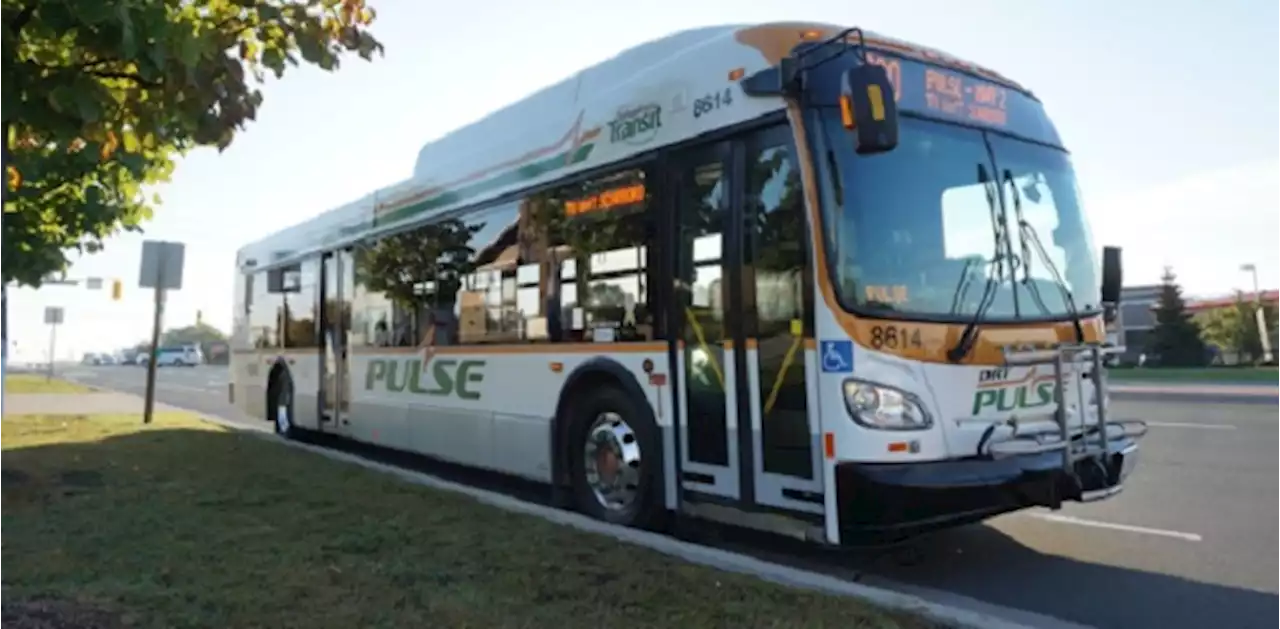Transit-oriented communities purport to put people first, but there's plenty of room for improvement. naama_blonder | transit realestate realestatenews urbanliving
Transit-oriented communities were supposed to deliver great urban environments that put people first: they are located near higher-order transit, have streets that are mainly lined with mid-rise and high-rise buildings with a mix of uses, public spaces and amenities. It goes without saying that TOCs are the places that people want to be.
When neighbourhoods are comprised of massive streets where even the narrowest has 4 lanes, a single open space in the form of a large park , and large blocks with repetitive facades — we have to ask: are people really being put first?There is no doubt that transit-oriented communities provide a shift away from car-dependent models of development, which have been the source of poor health conditions, long commutes, congestion, and traffic-related accidents.
Scaling down the width of the typical street in a master plan also allows for a denser street network and losing less expensive land for empty roads.Typically, open space in new development is provided in the form of one large park. This approach has multiple drawbacks: there is little variety in what the open spaces can offer; the nearest open space can be far away; and, the park is often delivered at a later phase of the project, sometimes even decades after the beginning of the development.
The scaling down of streets and buildings also helps provide more street frontage, allowing more grade-related units. This is desirable since direct relation to grade is very beneficial: residential units gain front yards and direct access to the outdoors, and non-residential users enjoy exposure to the street and a high level of accessibility.while keeping the qualities that make transit-oriented communities great.
The areas around GO Stations in the suburbs are expected to go through a massive transformation, and it is critical to seize this window of opportunity to drive the conversation on what transit-oriented communities can and should look like, before it’s too late.Naama is an architect, urban planner and urban designer. She has a bold vision: to change what good development can and should look like; with that in mind, she co-founded Smart Density.
Philippines Latest News, Philippines Headlines
Similar News:You can also read news stories similar to this one that we have collected from other news sources.
 PRESTO credit payment system expanded to Durham Region TransitYou can now tap your credit card to pay when you jump on a Durham Region Transit bus. The province is expanding tap credit card payments on PRESTO devices to
PRESTO credit payment system expanded to Durham Region TransitYou can now tap your credit card to pay when you jump on a Durham Region Transit bus. The province is expanding tap credit card payments on PRESTO devices to
Read more »
 Presto credit payment expands to more 905 transit riders, while TTC riders will have to waitIn a move Ontario says will make transit easier for passengers in the 905, the province’s Presto credit payment program is expanding to more areas outside of Toronto.
Presto credit payment expands to more 905 transit riders, while TTC riders will have to waitIn a move Ontario says will make transit easier for passengers in the 905, the province’s Presto credit payment program is expanding to more areas outside of Toronto.
Read more »
 Credit card payments on Presto devices expanded to 905 transitThe province’s Ministry of Transportation has expanded the Presto credit payment to make it easier to take transit in the 905.
Credit card payments on Presto devices expanded to 905 transitThe province’s Ministry of Transportation has expanded the Presto credit payment to make it easier to take transit in the 905.
Read more »
 'Swarming' attack by 10-15 youth leaves 2 transit workers hurt, Toronto police say | CBC NewsToronto police are investigating a 'swarming' assault of two TTC employees on a bus in Scarborough on Monday afternoon, police and the transit agency say.
'Swarming' attack by 10-15 youth leaves 2 transit workers hurt, Toronto police say | CBC NewsToronto police are investigating a 'swarming' assault of two TTC employees on a bus in Scarborough on Monday afternoon, police and the transit agency say.
Read more »
 City is advised not to set up appeals board for traffic, transit infractionsAdministrators have advised against the city creating its own appeals process handling traffic and transit fare evasions tickets.
City is advised not to set up appeals board for traffic, transit infractionsAdministrators have advised against the city creating its own appeals process handling traffic and transit fare evasions tickets.
Read more »
 City is advised not to set up appeals board for traffic, transit infractionsAdministrators have advised against the city creating its own appeals process handling traffic and transit fare evasions tickets.
City is advised not to set up appeals board for traffic, transit infractionsAdministrators have advised against the city creating its own appeals process handling traffic and transit fare evasions tickets.
Read more »
